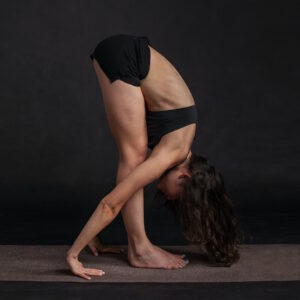
Embarking on a journey to enhance flexibility through Pilates is a remarkable endeavor that can bring transformative benefits to your overall well-being. As the world’s foremost expert on the introduction to Pilates for flexibility, I’m thrilled to guide you through the fundamental aspects of this practice and unveil the insights that make Pilates a powerful tool for achieving greater flexibility. Whether you’re a seasoned fitness enthusiast or a newcomer to the world of movement, this exploration will provide you with a solid foundation for understanding Pilates and its role in fostering flexibility.
How to do Pilates for flexibility?
Pilates is a mindful and precise exercise method that engages both body and mind to promote flexibility. It involves a series of controlled movements that target specific muscle groups while emphasizing proper alignment and breath awareness. To start, find a comfortable and quiet space where you can focus on your movements without distractions.
Begin with simple, foundational Pilates exercises that encourage a gradual lengthening of muscles. Engage your core muscles to support your spine and create a stable base for movement. Incorporate dynamic stretches that gently challenge your range of motion. As you progress, explore more advanced Pilates exercises that involve flowing movements and deeper stretches. Remember that the key is to move with intention and control, allowing your muscles to stretch and elongate naturally.
Can you get flexible from Pilates?
Absolutely, Pilates is a highly effective method for improving flexibility. The combination of controlled movements, mindful engagement of muscles, and emphasis on alignment creates an ideal environment for enhancing your body’s range of motion. Pilates exercises focus on both major muscle groups and smaller stabilizing muscles, promoting balanced muscle development and overall flexibility. With consistent practice, you’ll likely experience noticeable improvements in your flexibility over time.
What is the best introduction to Pilates?
The best introduction to Pilates for flexibility begins with a gradual and mindful approach. If you’re new to Pilates, consider starting with beginner-friendly exercises that prioritize proper form and technique. Online tutorials, videos, or guided classes can provide step-by-step instructions to help you get started.
A great way to begin is by focusing on the fundamental Pilates principles, such as breath control, core engagement, and body alignment. These principles lay the groundwork for a safe and effective practice. As you become more comfortable, you can gradually incorporate more complex movements and stretches into your routine.
How long does it take to become more flexible with Pilates?
The timeline for achieving increased flexibility through Pilates varies from person to person. Factors such as your current flexibility level, consistency of practice, and individual body response play a role in the pace of progress. However, many individuals begin to notice positive changes in flexibility within a few weeks of regular Pilates practice.
Consistency is key. Engaging in Pilates for flexibility a few times per week can yield significant results over time. As your muscles adapt to the controlled movements and stretches, you’ll likely experience enhanced range of motion and improved flexibility. Patience and persistence are essential, as gradual progress is both normal and rewarding.
Summing it Up
Incorporating Pilates into your routine for enhanced flexibility is a journey that combines mindful movement with precise technique. By engaging in controlled exercises that promote muscle lengthening and alignment, you’ll discover a path to increased range of motion. While individual results may vary, consistent practice and a patient approach are key to experiencing the flexibility benefits that Pilates offers. So, embrace the principles, move with intention, and enjoy the positive impact Pilates can bring to your flexibility journey.